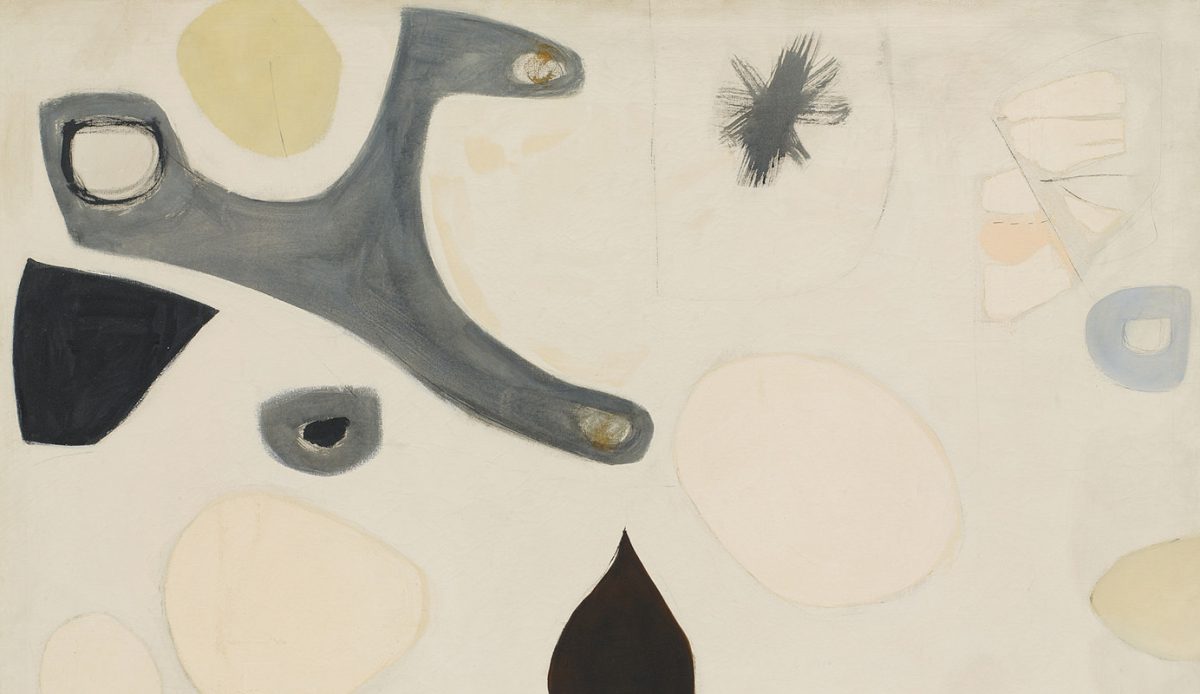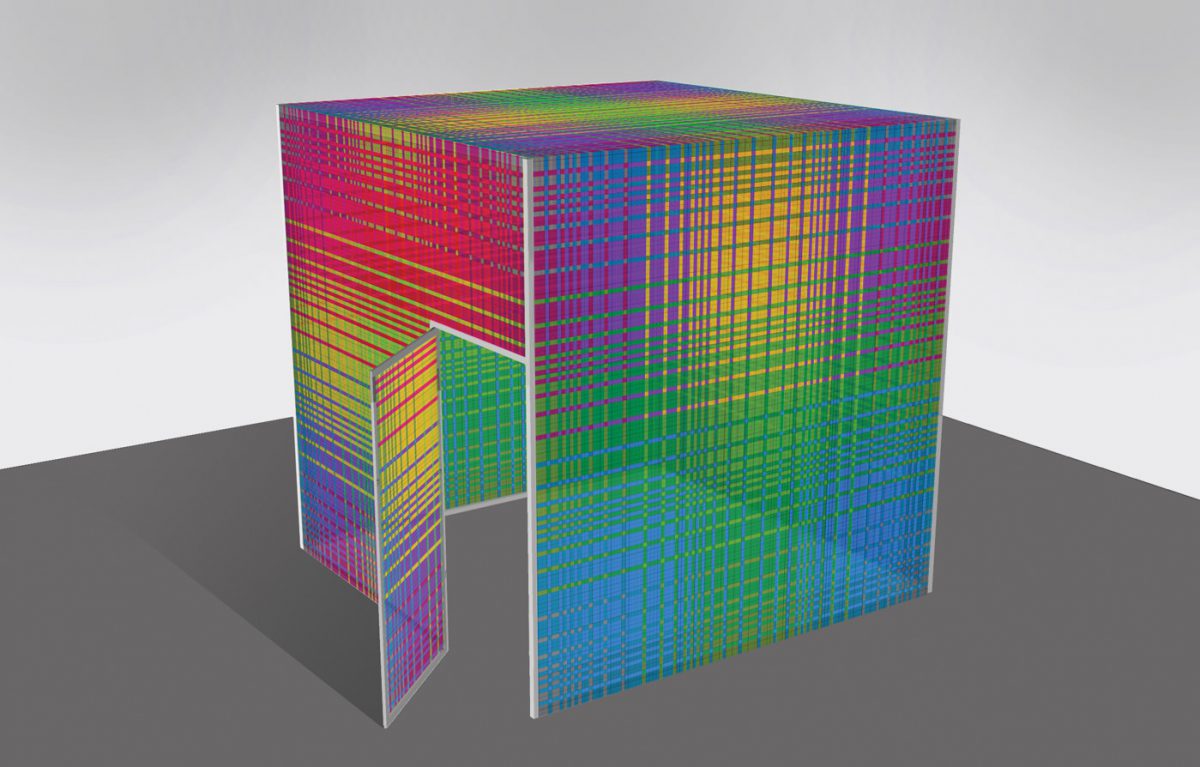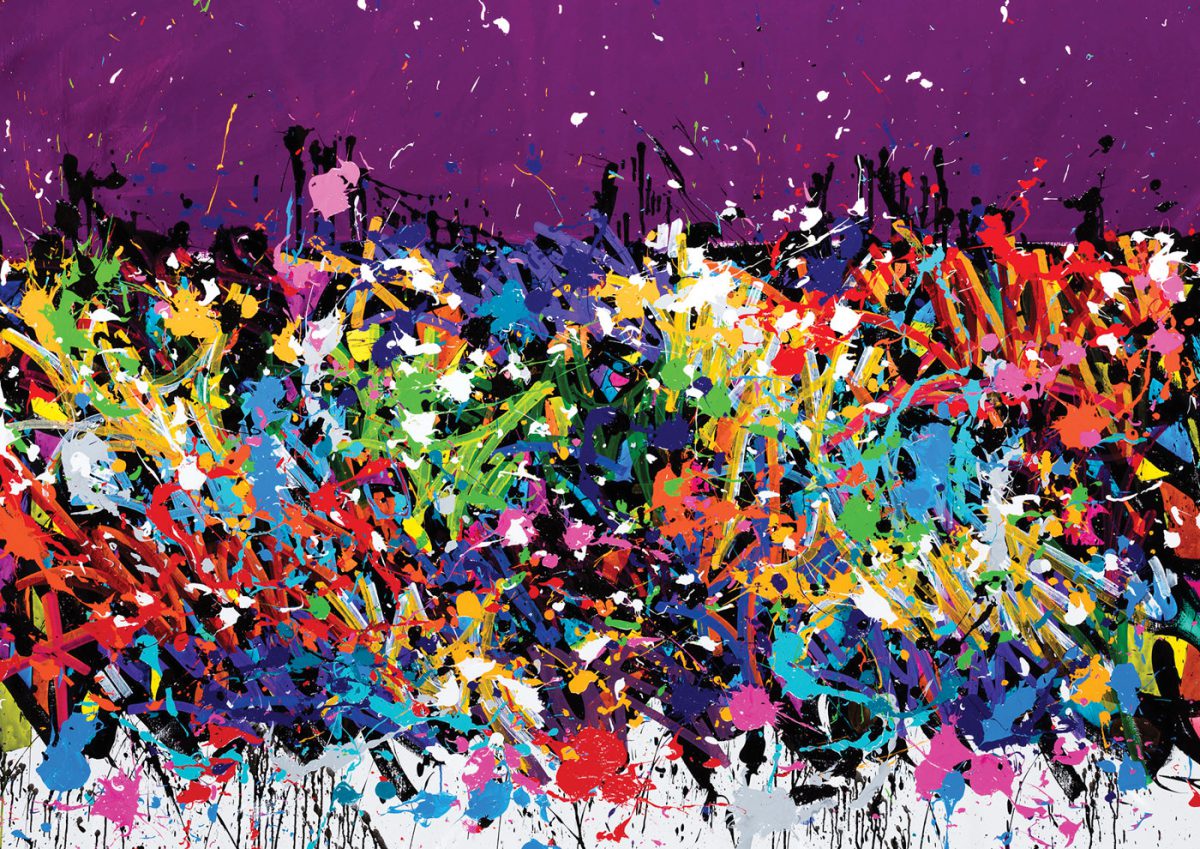LORA SCHLESINGER GALLERY
The rhetorical but self-critical nostalgia that is Lawrence Gipe’s stock in trade has little to do thematically with Robin Cole Smith’s gentle paeans to nature. Indeed, Gipe’s thunderous, cinematic conjurations of an industrial modernism, seemingly glorifying the 20th century’s technological triumphalism, would seem to mock Smith’s delicate, close-in studies of plants and insects. But in limiting their palettes to shades of gray, these two masters of the tonal celebrate vision and the perception of atmosphere as much as they do their respective subject matters. Many hyper-naturalists render tree leaves and bee wings with a brittle sharpness; but Smith refrains from such quasi-scientific examination, preferring to paint things as we might see and even sense them, perhaps in a field from which the morning mist has not fully burnt off, perhaps as night falls. These are not studies in light, however, so much as they are studies in sight, how any of us might see something this close, this common, and yet this wondrous at any given time of day, year, or life. Gipe employs exactly the same affective chiaroscuro but heightens it slightly so that it takes on melodramatic contrast—and evokes the limited sight not of the human eye but of the early 20th century camera, training that contested lens on contemporaneous urban spaces.
In Gipe’s handling, the romantic aura that clings to these spaces mocks its own cliché—more subtly in the individual paintings, which depict empty streets and looming bridges with a film-noir mystery, than in the lengthy pastiche mural drawing that gave his show its name. But if subtlety is a goal of Smith’s, it is a technique of Gipe’s, a means of constructing experience. Constructing experience is exactly what Gipe does in Where We Were, the study (currently comprising half the finished work) superimposing aerial views of great metropolis and ambitious building projects with transportation machines and power-generating plants, and the people—well, peoploids—who run them. Right down to its name, Where We Were suggests nothing so much as an interwar World’s Fair fantasy caught up in the pomp of progress—save for the rusted irony Gipe’s deliberately mis-scaled superpositions introduce.











